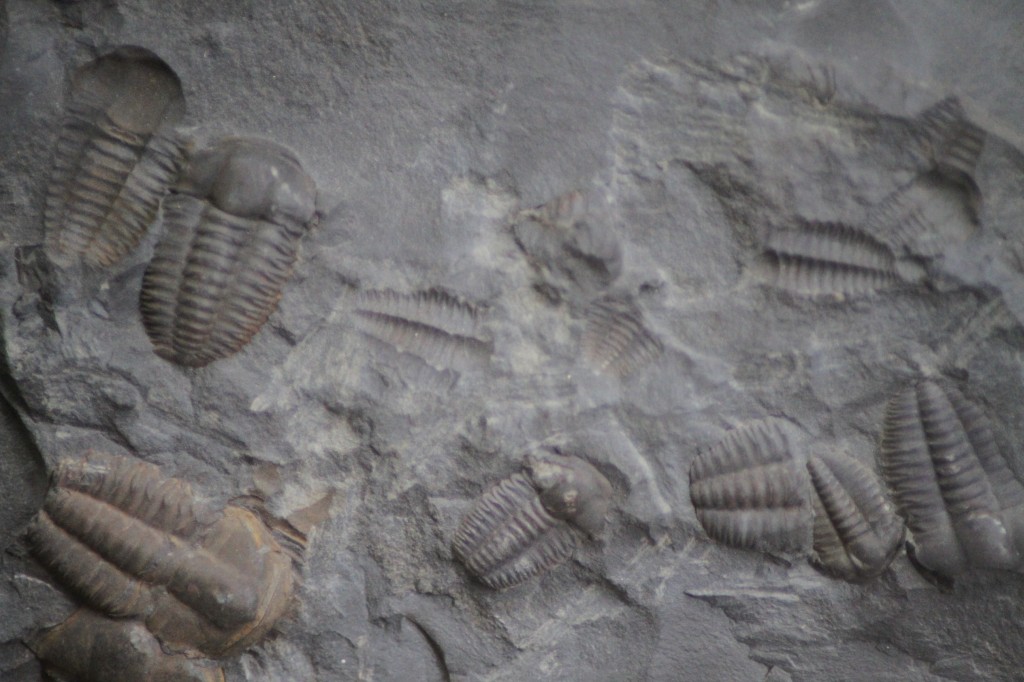The Cambrian period is a division of earth’s history spanning from around 541 to 485 million years ago, and during which animal ecosystems rapidly appeared in an event known as the ‘Cambrian explosion’. Cambrian faunas were dominated by arthropods such as trilobites, but also included sponges, molluscs, brachiopods, jellyfish and chordates (the group to which vertebrates belong). The Cambrian atmosphere had 16 times greater CO2 content and 37% less oxygen than the present. It was a warm period with temperatures on average around 7°C above present levels. The continents were all positioned in the southern hemisphere but were drifting steadily north. During the Cambrian, land was barren and lifeless.
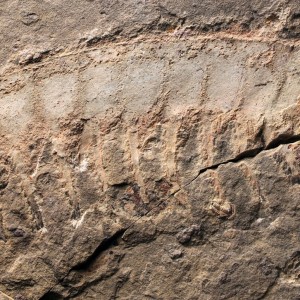
Published on July 15th, 2014 | by Laura Soul
Anomalocaridids are iconic Cambrian animals, originally found in the Burgess Shale deposits in Canada. From the Genus Anomalocaris, their name translates as ‘strange shrimp’ owing to their initial misidentification from incomplete remains. In fact, it took until [&hellip... Read More →
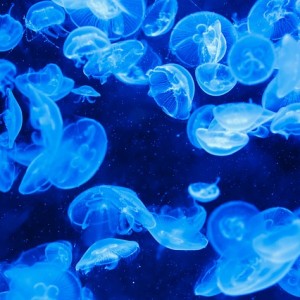
Published on June 1st, 2014 | by David Marshall
One of the longest-ranging and outwardly primitive-looking groups of animals on the planet are the Medusozoa. In consisting of around 95% water, it may be surprising to know that there is a fossil record of jellyfish, [&hellip... Read More →
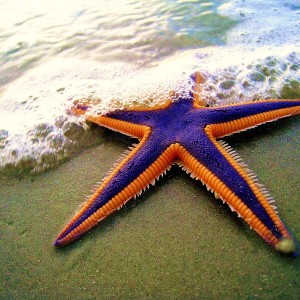
Published on May 1st, 2014 | by Joe Keating
Echinoderms are characterised by a mineralised skeleton, specialised water vascular system and five-fold symmetry. It is this unusual body plane symmetry that gives the starfish its star-shape. None of these features, however, are possessed by the closest [&hellip... Read More →
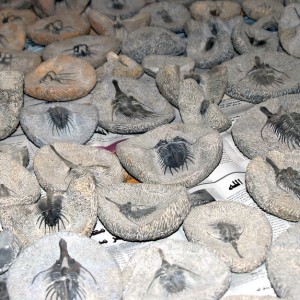
Published on July 1st, 2013 | by David Marshall
Trilobites are one of the most instantly recognisable groups of fossils. They were present from the very start of the Paleozoic and went on the fill a great number of ecological roles before going extinct at the Permo-Triassic [&hellip... Read More →
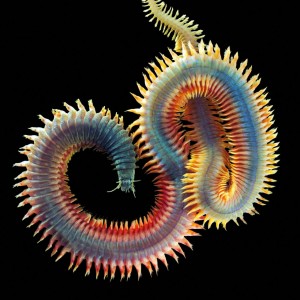
Published on February 15th, 2013 | by David Marshall
Fossils, at the best of times, are difficult to interpret. Palaeontologists attempt to reconstruct organisms from what little remains are left. This can be relatively simple for groups that we are familiar with today; you can [&hellip... Read More →

















